Qianjie boutique coffee discussion class | how important is a clean cup of coffee?
Cleanliness, which is a very important evaluation standard of a cup of fine coffee, it is the first item to be scored in the Coe cup table, which shows its importance. It can be said that when the Coe cup test standard was introduced, cleanliness was the first priority for the Brazilian coffee it served. Let's take a look at history.

In our introduction to Brazil, the second stop of the [World Coffee Tour], we mentioned that the Brazilian Coffee Association was established in 1991 and, with the assistance of the American Fine Coffee Association, held the first Cup of Excellence Cup in 1999, which opened the curtain of fine coffee. To put it bluntly, it is to improve the quality of coffee so as to increase the transaction price for the benefit of coffee farmers and raw bean merchants.
What affects the cleanliness of coffee?
So why does the first item of COE cup test is cleanliness? we have to talk about several factors that affect the cleanliness of coffee.
| | picking |
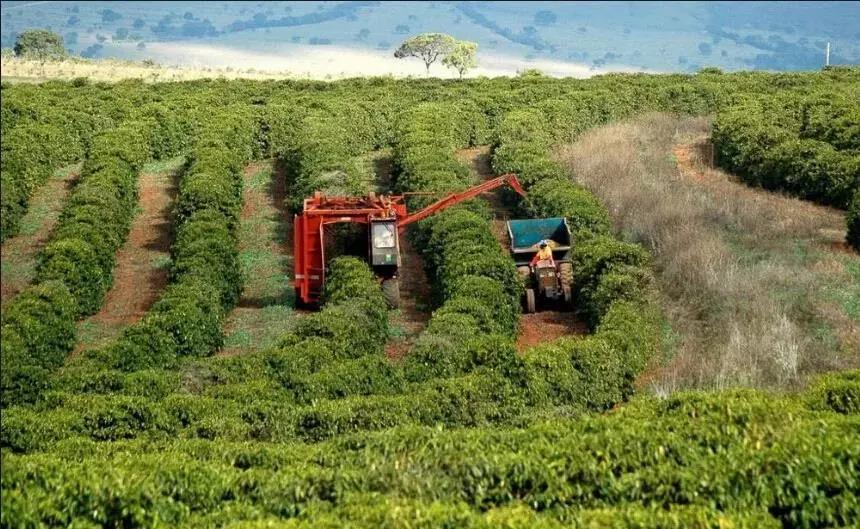
Because of its huge output, Brazil had advanced harvesting machines in the world a long time ago, which made it very convenient to grow coffee in the plain areas and saved a lot of labor costs to cope with the global coffee price crisis at that time. However, the ripening of coffee fruit lasts for several months, and there is no mechanical screening in the process of unified harvest, and in the eyes of Brazilians, coffee is as common as ordinary crops, so it does not matter whether it is ripe or too ripe at that time. In this way, beans with straw, grass green and sharp choking taste will mix into the finished product, causing a cup of dirty coffee to fall into the mouth.
| | handling method |
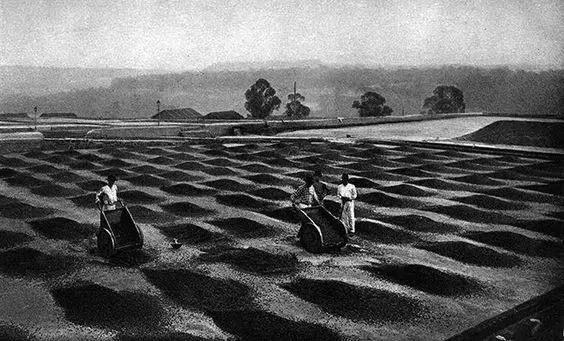
Also because of the huge output, direct sunlight has been the main treatment method in Brazil for a long time. Some large sun farms with better conditions will be covered with cement floor or net cloth to isolate them, but the conditions are not very good. Coffee fruit is spread directly on the mud ground for sun exposure. The soil of Rio de Janeiro, Brazil, smells of iodine choking, which is absorbed by coffee trees when growing coffee. Coupled with rough sun processing, the iodine and earthy taste of the soil are more easily infiltrated into the coffee fruit. This "Rio flavor" is the number one killer of unclean coffee.
| | defective beans |
Due to all kinds of man-made or "providence", defective beans can make a cup of coffee unclean.
For example, fermented sour beans
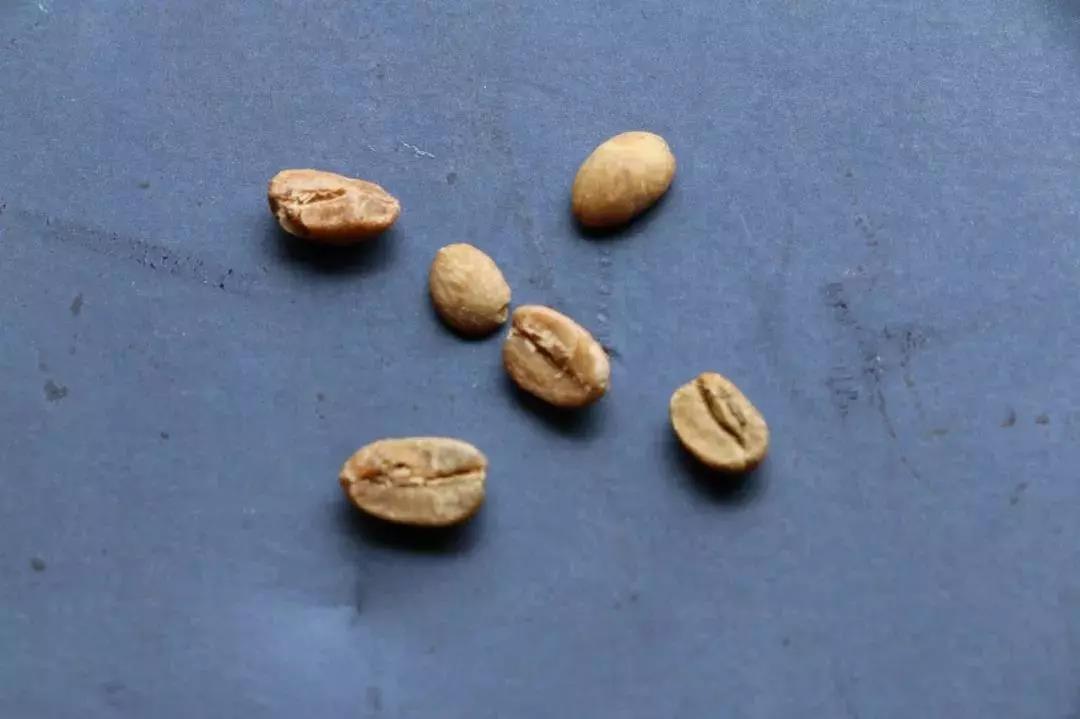
Because of "savings", coffee fruits that have already begun to ferment on the ground are picked up by coffee farmers and mixed into good beans; reuse of contaminated water in the sink to treat coffee increases the risk of sour beans, making the coffee taste choking, acidity, chemicals and other detergent flavor.
For example, moldy beans.
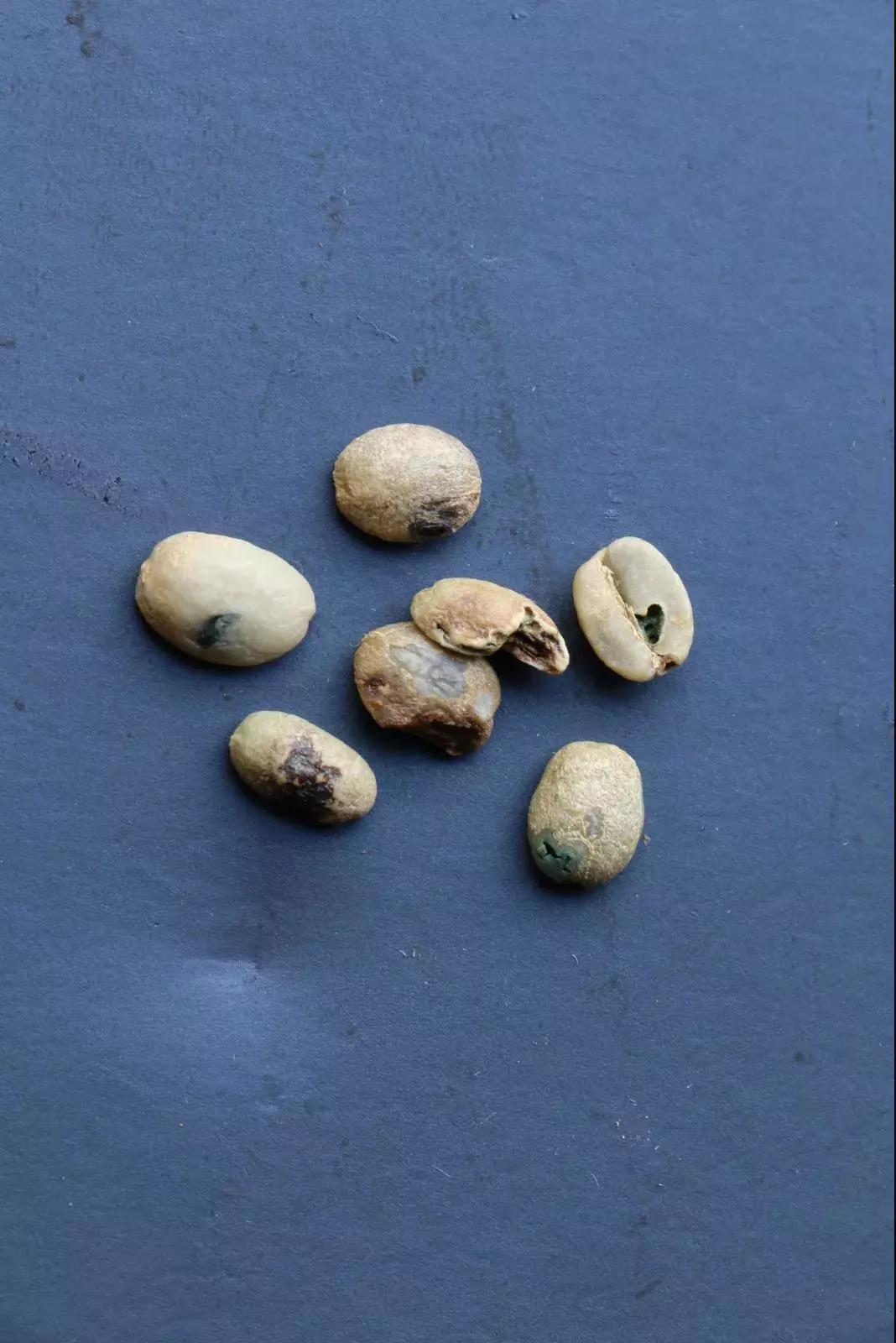
Beans that are moldy due to incomplete drying, moth-eating, and improper handling or transportation or preservation will remain moldy and medicinal even after baking. This kind of beans should be removed before baking, otherwise it will seriously affect the cleanliness of coffee and be harmful to human health.
In addition to the above defective beans, moth-eaten beans, unripe beans, black beans and so on will make the coffee produce a variety of smells, making the coffee drink "unclean". Therefore, as a fine coffee, cleanliness plays an important role in both COE and SCA scoring standards, and only a cup of coffee with a clean taste can show a good flavor clearly.
So where did this dirty coffee come from before COE? As we all know, coffee originated in Ethiopia, and the coffee there still retains the traditional method of tanning, but manual screening, regular turning, and elevated beds are used to isolate the land. wash the coffee fruit first and then the sun and the whole water washing method, but that is a later improvement. In the past, the cleanliness of traditional Ethiopian sun-dried beans is also controversial, but let's not discuss it today. But from the story after it came out of Africa ~
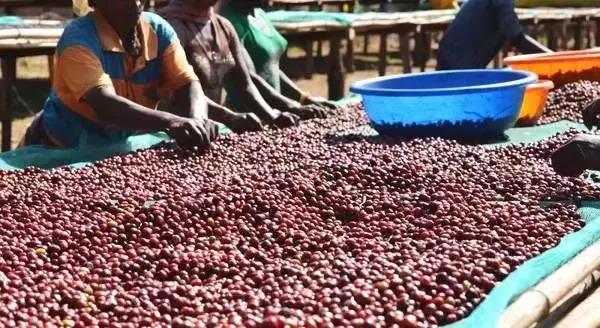
Japan's favorite Mantenin: as we all know, Indonesian coffee often has an earthy flavor, which is not only planted and variety, but also indistinguishable from its treatment-wet planing. But more importantly, the production environment in Indonesia was also very bad at that time, and coffee beans without endocarp (parchment) were spread directly on the land in the backyard of coffee farmers, coupled with the humid climate in Indonesia. as a result, a large number of defective beans bring the smell of medicine and poor soil, so Mantenin said that apart from commercial Brazilian beans, it is not too much to say that the dirtiest coffee. Of course, today's high-quality mantenin (such as Golden Manning, Aceh Sumatran Tiger Mantenin) has a low defect rate and a clean and mellow taste, which is the result of the hard work of a large number of working people, so please cherish every good cup of coffee.
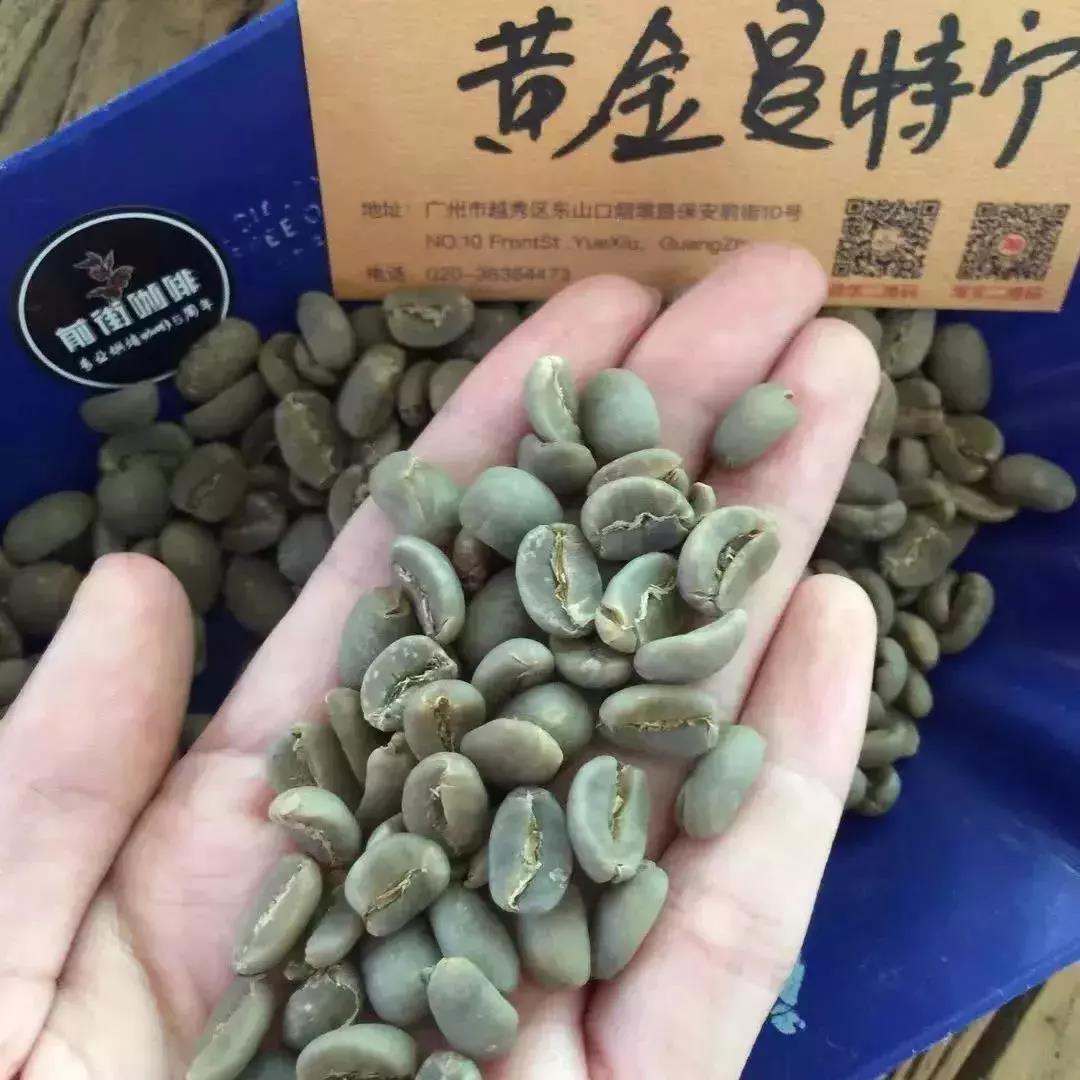
As a digression, why did Mantenin need to be baked to depth in the past? the editor thinks that in addition to this baking degree, which can show the regional flavor of Mantenin, such as caramel and chocolate, it also has a certain effect on removing the miscellaneous smell of defective beans. We have some experience in the baking process. Superb baking can bake Mantenin very deep but fragrant without bitterness. But now there are very few gluttons who can accept this taste, after all, the strong smell of cedar, cigar and spirits are sometimes considered "unclean".
Well, after Manning, there was Blue Mountain, the cleanest coffee in the world at that time.
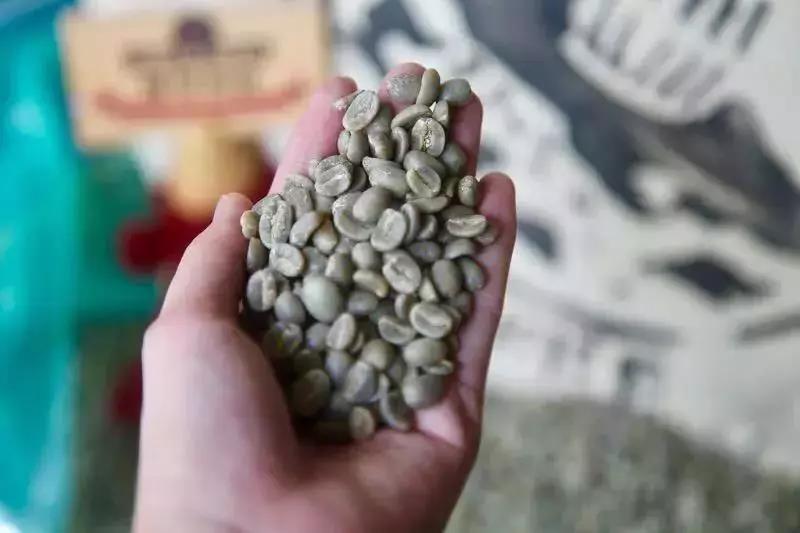
When I saw this [Blue Mountain one] bean, the first impression was indeed very clean and exquisite. Only manual picking of ripe coffee fruit, full water washing treatment, strict control of the production process, the defect rate is less than 3%. These create a clean and pure taste of the King of Coffee Blue Mountain-this is recognized as a representative of good coffee before the emergence of the concept of boutique coffee.
The story is finally over, but there are more factors affecting the cleanliness of coffee, and then continue to nag.
| | Bake |
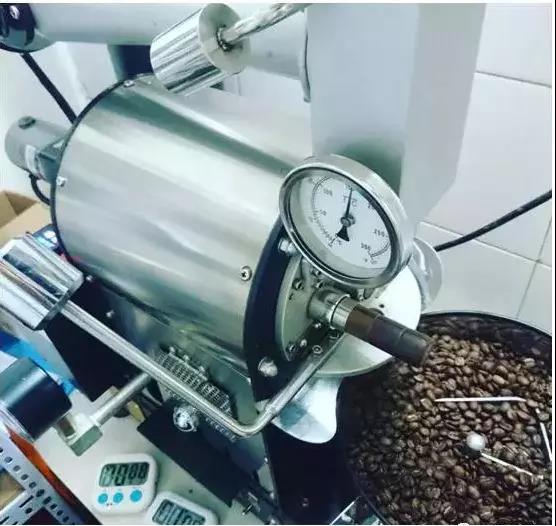
Roasting is a major link in determining the flavor of coffee, in the roasting process, there are five main links will make the coffee drink dirty.
1. Smoke exhaust is insufficient, there are two insufficient smoke exhaust, one is that during the baking process, the throttle is not opened in time to remove the smoke produced by the explosion, so that the coffee absorbs the smoke flavor, especially the coffee baked into the second explosion, the lack of smoke exhaust will not only make the coffee beans unusually oily, but also produce a serious smoke choking smell and even gunpowder smell.
two。 If the silver skin is not removed in time, the fine carbon particles produced by the burning of silver dandruff in the baked high temperature environment will bring the smell of carbon burning and smoke to the coffee beans.
3. If it is not cooled in time, coffee beans will also absorb the smell of smoke.
4. The roasting process is too long and the temperature is too low, which will produce the taste of "baking", that is, the smell of toast. This kind of coffee should be regarded as a failure in baking, and the taste is not good.
5. Do not pick beans, roasted coffee beans need to remove roasted charred, white beans, otherwise the coffee will appear salty and roasted melon seed flavor, is also an unclean performance. As for broken beans, if shell beans that are not raw beans are not removed, it generally does not have much effect on coffee flavor, especially Italian coffee beans, this is due to the result of coffee bursting and roasting does not enter a very deep degree. This burst coffee beans will not be scorched to produce carbon flavor, but for the sake of beauty, choose if you can.
| | raise beans |
Do not think that the cultivation of beans is not important, the coffee with bad beans has a dirty taste, the editor has deep experience! First of all, insufficient coffee beans will have a "dry" feeling, which is the residual smoke smell of coffee beans after being roasted at high temperature, which needs to be removed after a period of ripening and carbon dioxide emissions, so let it stay for a few days during the bean cultivation period. you will find that the taste is clean and the flavor highlights ~
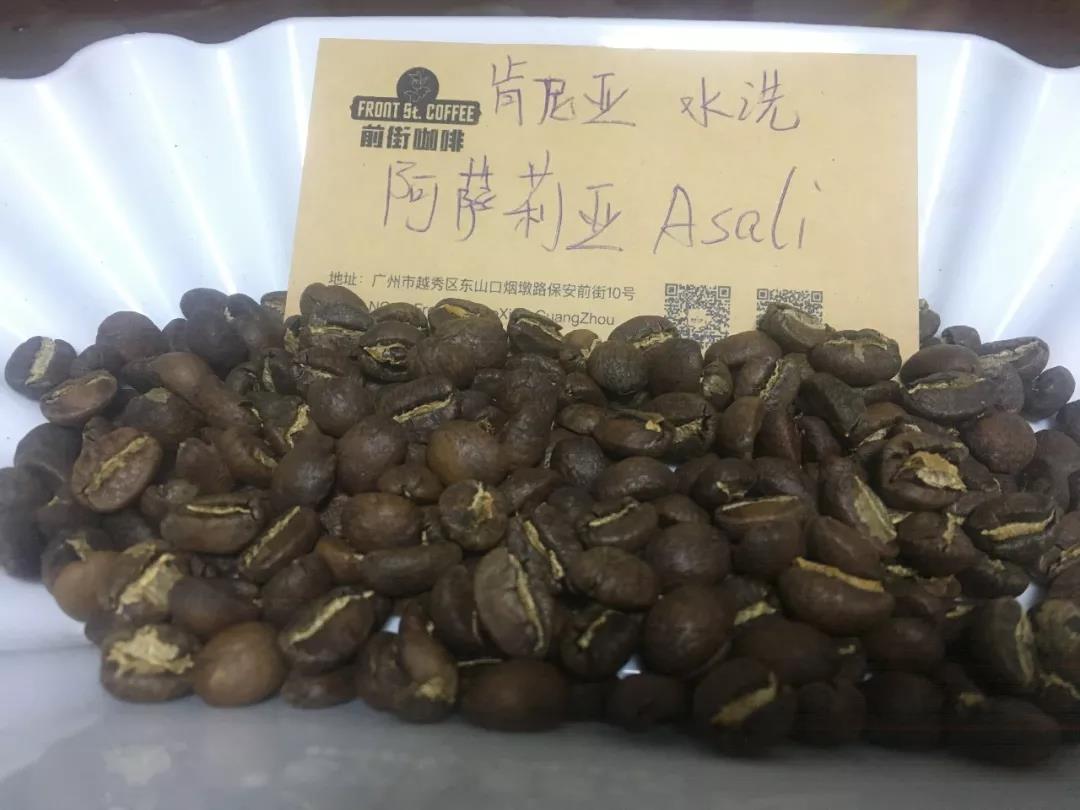
The exquisite washed Asalia of Kenya, which has been cultivated for 7 days, has a strong berry and blackcurrant flavor, clean and sweet.
During the period of growing beans, damp and high temperature will make the coffee beans turn sour or even produce oil or water droplets, and the coffee will have oil smell and woody taste. As for the coffee beans that have been kept for too long, with a slight nutty flavor and a heavy woody flavor, the over-oxidized coffee has only some not-so-clean taste, who knows!
| | Cooking |
Will brewing make the coffee dirty? That's right! But there are two main reasons for what the editor wants to say.
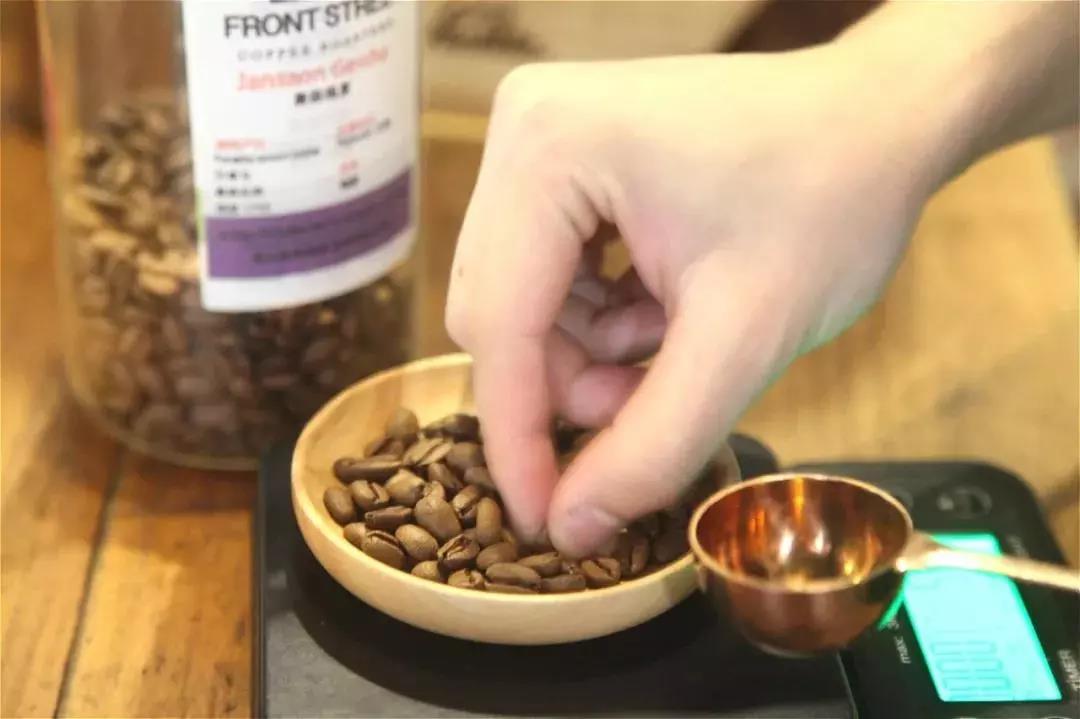
Pick beans
Since not every baker will try his best to pick every bean, and some minor defects are easy to ignore (of course, defective beans may not necessarily make the coffee bad), the burden falls on the baristas. In fact, picking beans also has advantages, the first is to practice eyesight, pick out some minor defects, for example, there may be coffee beans that are not roasted so well, or beans that are slightly less mature. By the way, learn more about coffee beans ~ beans picked out for use in the machine, which can remove the residual coffee powder before. After all, powdered coffee is very easy to oxidize and produce a bad taste, thus affecting the cleanliness of the next cup of coffee!
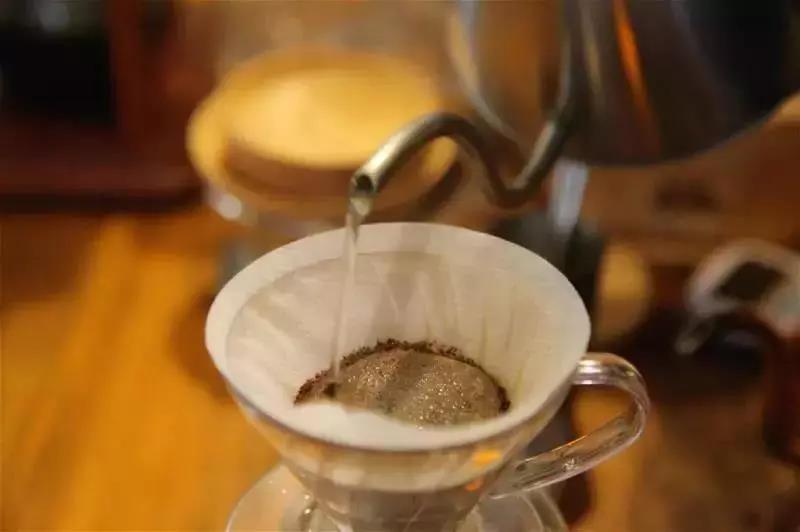
Over-extraction
Take hand brewing as an example, over-extracted coffee will not be cloudy for long, because some bad substances are brought out, bitterness and miscellaneous taste are inevitable. So if your coffee doesn't taste clean, don't blame the roaster and check to see if the water temperature is too high. Too much fine powder? Is the current stirring too hard? Does it take too long to cook?
| | equipment maintenance |
The following paragraph hopes that both self-made coffee and practitioners can have a clear understanding. Because bad maintenance habits will make your coffee dirty! If this is not clean, it is not only in taste, but also in hygiene.
First of all, espresso, the bean warehouse of the bean grinder should be cleaned regularly, and the grinding plate should also be cleaned regularly. The oil coming out of Italian coffee beans can easily produce oil smell! Then the head must be washed clean, backwash every day, use the cleaning powder washing machine and soak the handle regularly, otherwise the oxidized coffee oil will turn your Italian style into a cup of bitter medicine, and the steam sprinkler must be wiped clean every time it is used, spray the accumulated milk, soak the steam pipe in warm water at night, remove the sprinkler regularly and clean it.
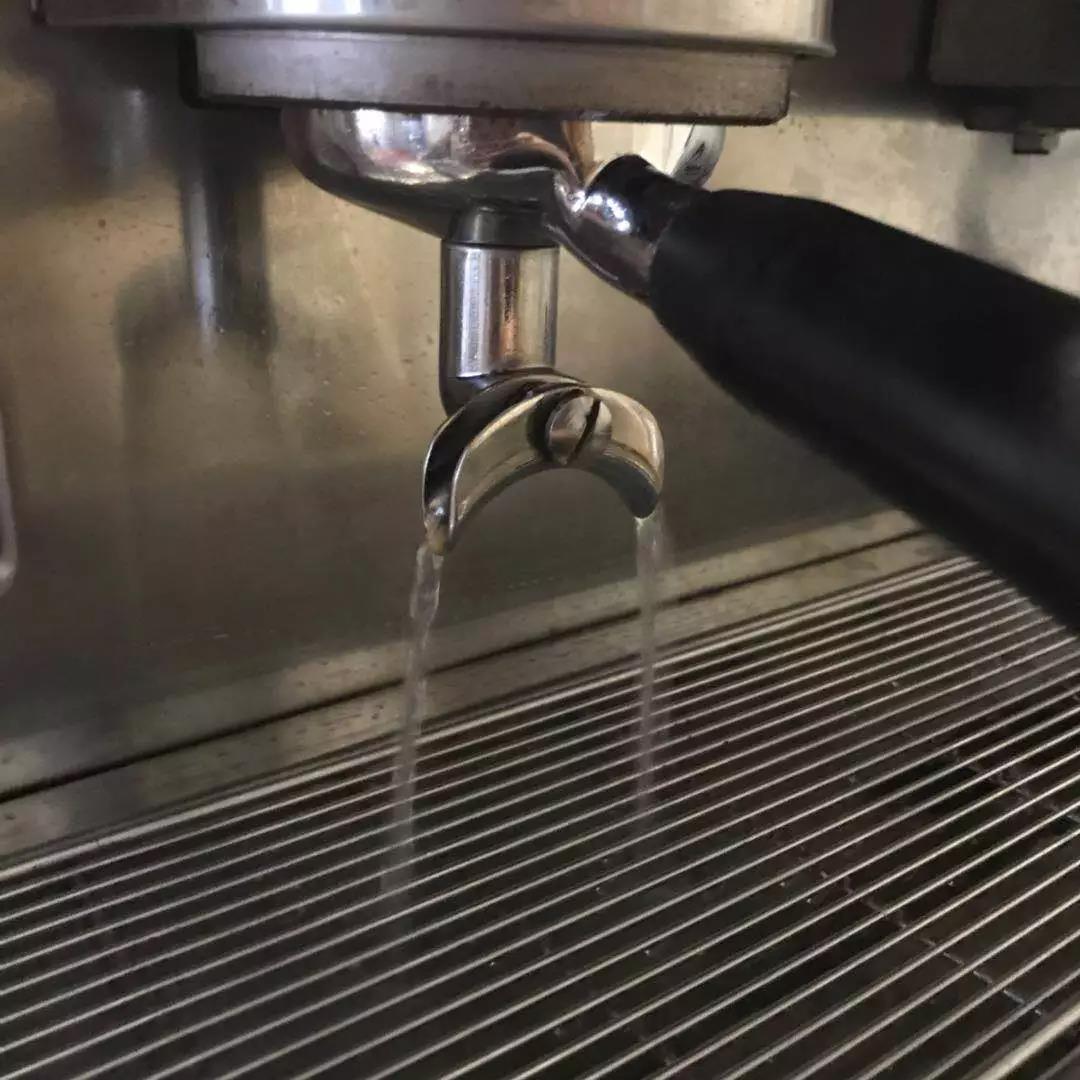
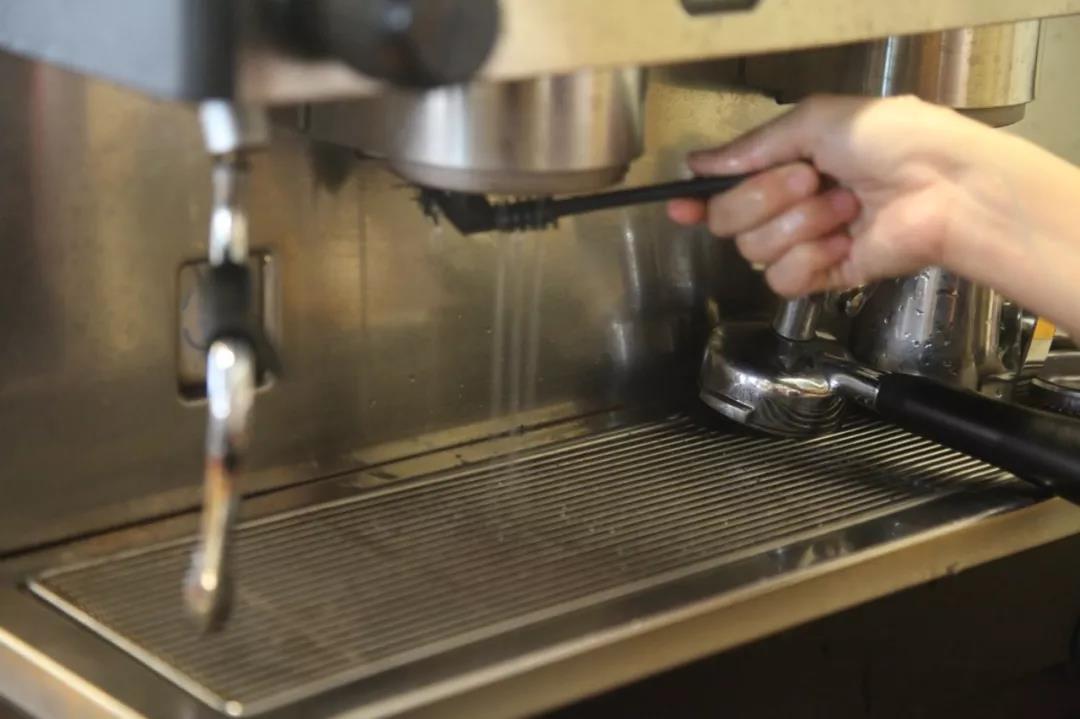
Then hand-made filter cups, siphon pots, French presses and curling kettles that will come into contact with coffee should be cleaned in time, because coffee is greasy, and the attached oxidized oil will also cause uncleanliness in the taste. In addition, these consumables such as velvet cloth and siphon filter cloth should be replaced in time, and excessive reuse will not only make the coffee taste worse, but also the risk of bacterial infection is quite high.
Finally, there is a cup, needless to say, the barista will always have endless cups.
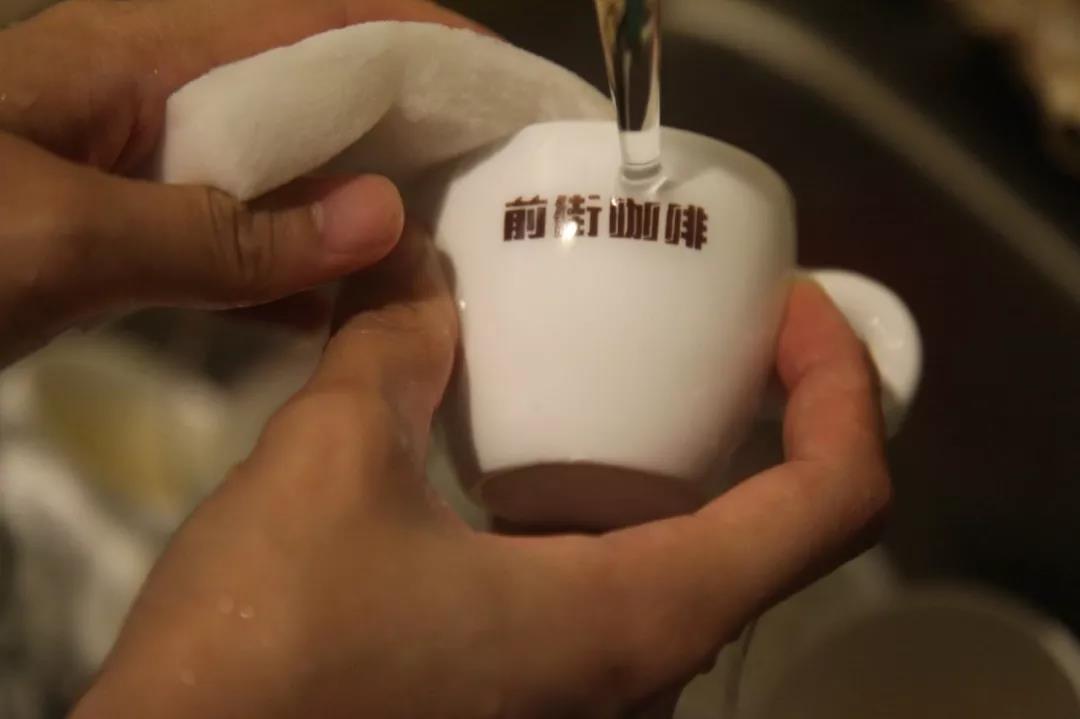
Finally, when it comes to the high cleanliness of coffee, does it mean that the complexity of its flavor will be low? The editor thinks that these are two unrelated concepts. A cup of coffee tastes clean, talking about the miscellaneous and peculiar smells that do not affect the taste and flavor mentioned above, which are also explained in the materials of major books and cup test standards, while the complexity of flavor, it is related to the variety, planting conditions, treatment and baking methods of coffee, which is the result of a series of results.
For example, the Ethiopian beans mentioned above, like Sakuran in the sun this year, taste very clean due to higher standards of picking and screening, as well as exquisite sunlight, but the flavor is very rich, because the Ethiopian native species contains a variety of coffee varieties, so that a variety of flower and fruit flavor can exist, and because it is clean, the flavor discrimination is very high.
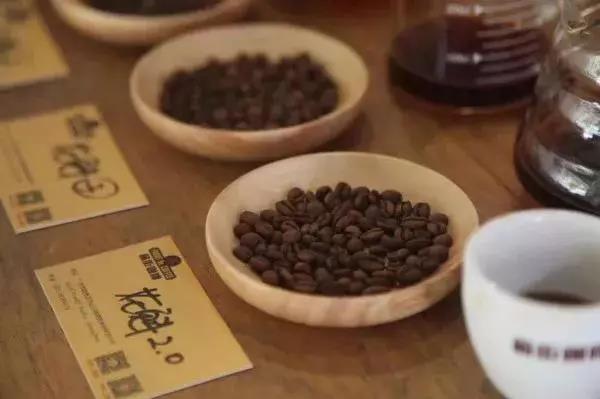
Then, like the washing method, [Polsa] Pacamara in Guatemala also has a clean and varied taste: sweet and sour, with sour flavors of lemon, passion fruit and plum, with aromas of brown sugar and almond chocolate, no less complex than sun-dried beans.
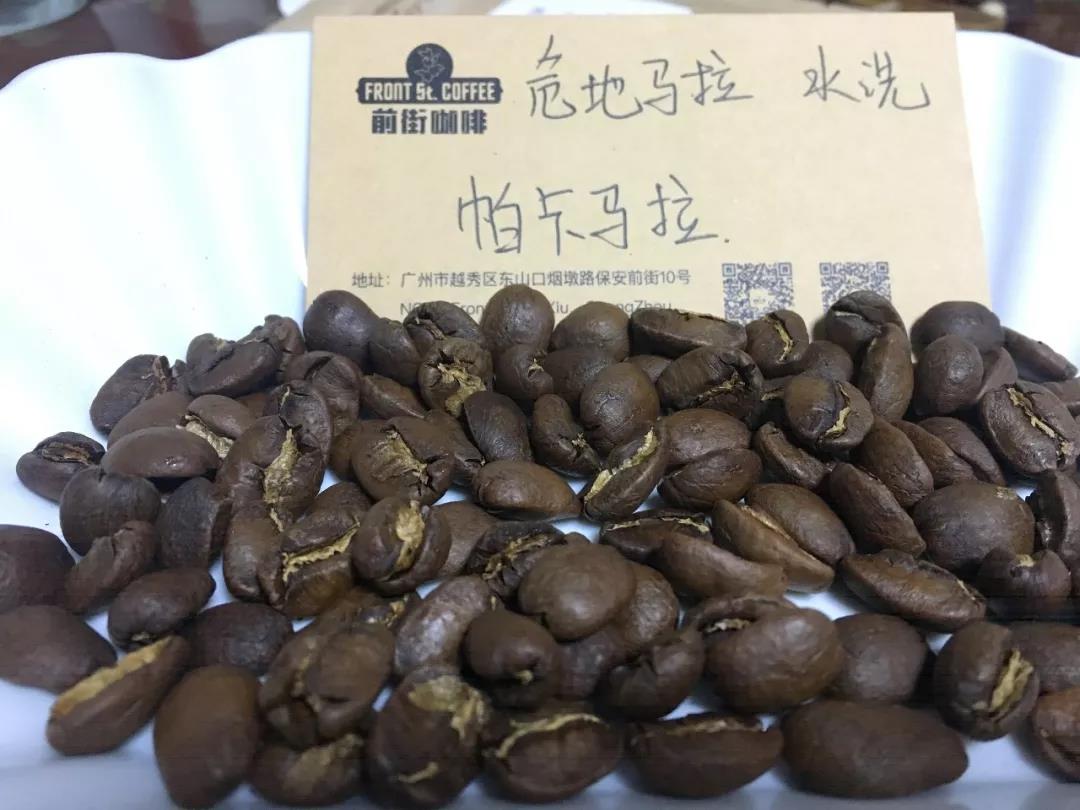
That's what we're talking about today. I hope it will be helpful to you.
Important Notice :
前街咖啡 FrontStreet Coffee has moved to new addredd:
FrontStreet Coffee Address: 315,Donghua East Road,GuangZhou
Tel:020 38364473
- Prev
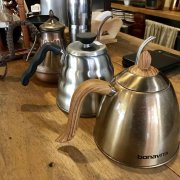
Hand-brewed coffee class 1 | prepare hand-made utensils, different instruments to extract flavor
Hand coffee teaching preparation equipment has started another series of hand brewing to understand the extraction techniques and brewing techniques of different instruments. Today, we start with the basic equipment: first, a brief description of the equipment: "fine-mouth pot": the fine-mouth kettle can effectively control the size and stability of the water column (including whether the stability of the water column continues to be good when the water level falls). Provide a steady flow of water
- Next
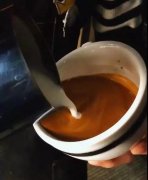
Coffee pull flower | pick up a girl must learn the skill [rose pull flower]! Separate explanation of two kinds of patterns
To pick up a girl, you must learn the skill [rose pull flower]! To make a rose flower, you must know the slightly paused rule of "when to stop and when to continue to pour milk foam". Unlike embossed flowers, which need to shake milk pots on both sides, rose patterns are mainly produced by controlling height and flow at the same time. So, control the size of the water column
Related
- What is the meaning of lactic acid fermentation with coffee bean treatment?
- How to judge the state of foam by sound?
- How does the latte pull out the unicorn pattern? Come to get for a little trick to improve the flower pull!
- Will flower pulling affect the taste of the latte?
- Do you know the history of coffee?
- The difference between honey treatment and sun washing what is raisin honey treatment?
- What kind of milk can a novice use to make coffee foam to keep the foam longer? The correct method and skills of milking tutorial sharing
- Why do washed coffee beans taste sour? Flavor characteristics of washed Coffee
- Introduction to the skill of how to practice the size and height of water injection around the circle of hand-brewed coffee
- How do beginners practice coffee flower drawing from scratch?

